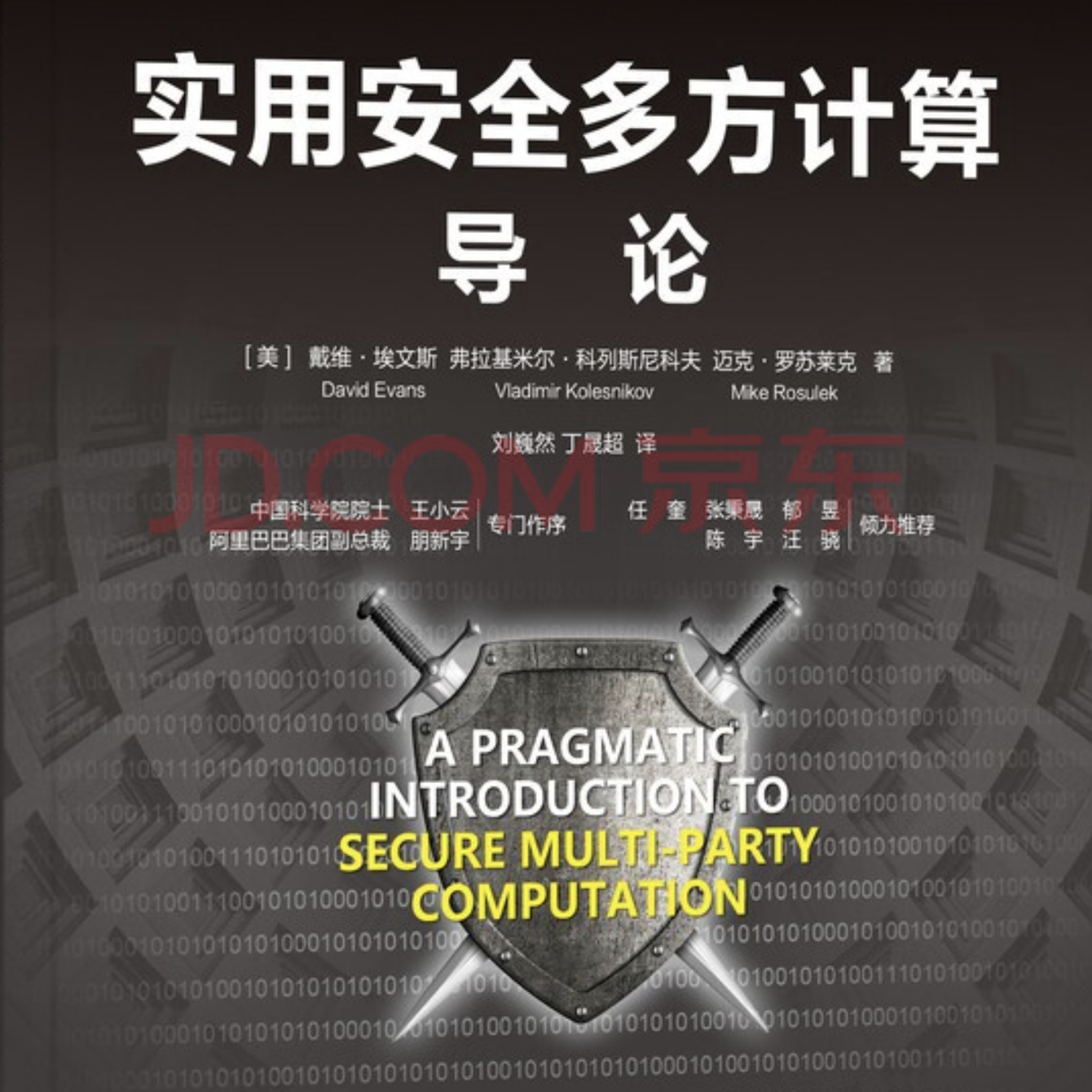ICLR 2022: Understanding Intrinsic Robustness Using Label Uncertainty
(Blog post written by Xiao Zhang) Motivated by the empirical hardness of developing robust classifiers against adversarial perturbations, researchers began asking the question “Does there even exist a robust classifier?”. This is formulated as the intrinsic robustness problem (Mahloujifar et al., 2019), where the goal is to characterize the maximum adversarial robustness possible for a given robust classification problem. Building upon the connection between adversarial robustness and classifier’s error region, it has been shown that if we restrict the search to the set of imperfect classifiers, the intrinsic robustness problem can be reduced to the concentration of measure problem.Model-Targeted Poisoning Attacks with Provable Convergence
(Post by Sean Miller, using images adapted from Suya’s talk slides) Data Poisoning Attacks Machine learning models are often trained using data from untrusted sources, leaving them open to poisoning attacks where adversaries use their control over a small fraction of that training data to poison the model in a particular way. Most work on poisoning attacks is directly driven by an attacker’s objective, where the adversary chooses poisoning points that maximize some target objective.Chinese Translation of MPC Book

A Chinese translation of our A Pragmatic Introduction to Secure Multi-Party Computation book (by David Evans, Vladimir Kolesnikov, and Mike Rosulek) is now available!
Thanks to Weiran Liu and Sengchao Ding for all the work they did on the translation.
To order from JD.com: https://item.jd.com/13302742.html
(The English version of the book is still available for free download, from https://securecomputation.org.)
Improved Estimation of Concentration (ICLR 2021)
Our paper on Improved Estimation of Concentration Under ℓp-Norm Distance Metrics Using Half Spaces (Jack Prescott, Xiao Zhang, and David Evans) will be presented at ICLR 2021. Abstract: Concentration of measure has been argued to be the fundamental cause of adversarial vulnerability. Mahloujifar et al. (2019) presented an empirical way to measure the concentration of a data distribution using samples, and employed it to find lower bounds on intrinsic robustness for several benchmark datasets.Algorithmic Accountability and the Law
Brink News (a publication of The Atlantic) published an essay I co-authored with Tom Nachbar (UVA Law School) on how the law views algorithmic accountability and the limits of what measures are permitted under the law to adjust algorithms to counter inequity: Algorithms Are Running Foul of Anti-Discrimination Law Tom Nachbar and David Evans Brink, 7 December 2020 Computing systems that are found to discriminate on prohibited bases, such as race or sex, are no longer surprising.Merlin, Morgan, and the Importance of Thresholds and Priors
Post by Katherine Knipmeyer Machine learning poses a substantial risk that adversaries will be able to discover information that the model does not intend to reveal. One set of methods by which consumers can learn this sensitive information, known broadly as membership inference attacks, predicts whether or not a query record belongs to the training set. A basic membership inference attack involves an attacker with a given record and black-box access to a model who tries to determine whether said record was a member of the model’s training set.Adversarially Robust Representations
Post by Sicheng Zhu With the rapid development of deep learning and the explosive growth of unlabeled data, representation learning is becoming increasingly important. It has made impressive applications such as pre-trained language models (e.g., BERT and GPT-3). Popular as it is, representation learning raises concerns about the robustness of learned representations under adversarial settings. For example, how can we compare the robustness to different representations, and how can we build representations that enable robust downstream classifiers?Intrinsic Robustness using Conditional GANs
The video of Xiao’s presentation for AISTATS 2020 is now available: Understanding the Intrinsic Robustness of Image Distributions using Conditional Generative Models Starting with Gilmer et al. (2018), several works have demonstrated the inevitability of adversarial examples based on different assumptions about the underlying input probability space. It remains unclear, however, whether these results apply to natural image distributions. In this work, we assume the underlying data distribution is captured by some conditional generative model, and prove intrinsic robustness bounds for a general class of classifiers, which solves an open problem in Fawzi et al.Hybrid Batch Attacks at USENIX Security 2020
Here’s the video for Suya’s presentation on Hybrid Batch Attacks at USENIX Security 2020:
Download Video [mp4]
Blog Post
Paper: [PDF] [arXiv]